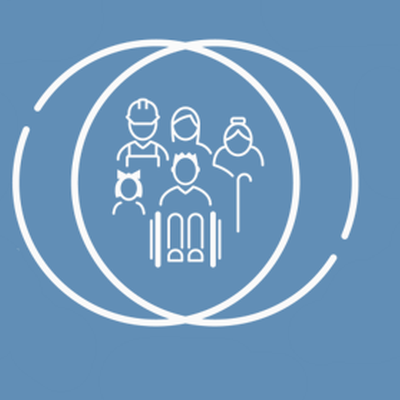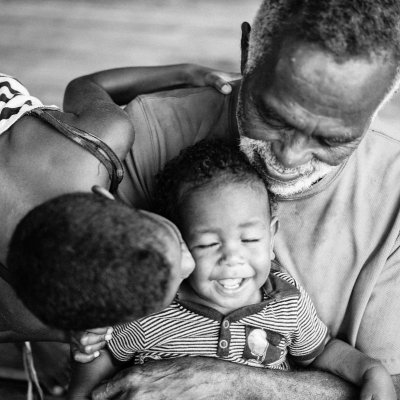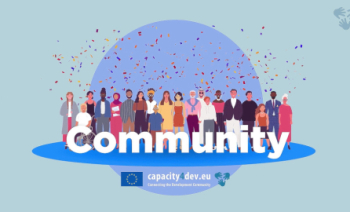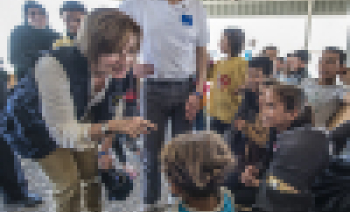Yemen, one of the poorest countries in the world, descended into a full-fledged military conflict in March 2015. Today, 21.1 million people – or nearly 80% of the population – require humanitarian aid or protection support, with 17 million people in need of food, including 2 million children.
Most of the country’s formal social protection systems have collapsed. The Social Welfare Fund, which used to provide unconditional cash transfers, was suspended in 2015. Other key welfare and development funds are non-functional.
Among of the few programmes still in operation is the Social Fund for Development (SFD), which, in 2017, provided support to around 300,000 people. SFD was established in 1997 as one of Yemen’s main social safety net instruments, with support from the World Bank.
The Fund focuses on four elements: community and local development; capacity building; small and micro enterprise development; and labour-intensive cash-for-work programmes.
Since 1998, 30% of all classrooms in Yemen were built with funding from SFD – providing facilities to around 1.2 million students. The microfinance institutions supported by the Fund have also provided microcredits to more than 100,000 entrepreneurs, around half of them female.
Watch the following video to learn more about SFD’s work in Yemen:
“Most of our portfolio at the moment revolves around cash-for-work programmes, so people can earn wages and feed themselves, but also invest, creating a medium-term impact,” said Lamis Al-Iryani, Evaluation Manager for SFD. “Since the cash-for-work programme was started in 2008, we’ve reached more than 200,000 households – each with around six people – so, the number of beneficiaries is more than one million.”
Despite the ongoing conflict, the programme continues to receive funding from the European Commission, Germany’s KfW Development Bank, DFID, the Netherlands, the World Bank in partnership with UNDP, as well as the Islamic Development Bank, among other partners.
Among the reasons why SFD has been able to endure the conflict, Al-Iryani pointed to its focus on communities’ needs. “We have built strong relationships with the people… they trust us,” she said. “This is a community-based undertaking. We don’t come from the top down, telling people what projects they should be implementing. We try to understand their needs and have a dialogue, so they can execute the projects themselves.”
Another reason, she added, is that donors can trace where their funds go. “We have a very transparent allocation of financial resources. The donors know how we direct the funding to different parts of the country. This is all derived from data that has been collected by a central statistic organisation and by UN agencies. We also carry out community-based assessments to verify what the needs are at any given moment.”
Lamis Al-Iryani on the impact of the armed conflict on SFD’s work
While the humanitarian actors in the country focus on providing immediate relief to people affected by the conflict, SFD has retained its longer-term, development vision. Nevertheless, it has also needed to adapt to the changing environment.
“Most of Yemenis are in need of social or humanitarian assistance,” Al-Iryani said. “With the start of the conflict, SFD began targeting the most vulnerable communities, including the internally displaced people, as well as mothers and children. We have a large network of people on the ground, allowing us to continue delivering the benefits to the people, even during this crisis.”
According to Al-Iryani, SFD has been able to reach almost 90% of the country during the conflict. “The war’s negative impact is undeniable,” she said. “But sometimes, when there is fighting in one area, we just have to stop for a while, until the situation is clear. In the meantime, we continue working in other parts of the country.”
This article was written by Bartosz Brzezinski, Editorial Coordinator at Capacity4dev
Photo credit: European Commission DG ECHO/Flickr






Log in with your EU Login account to post or comment on the platform.